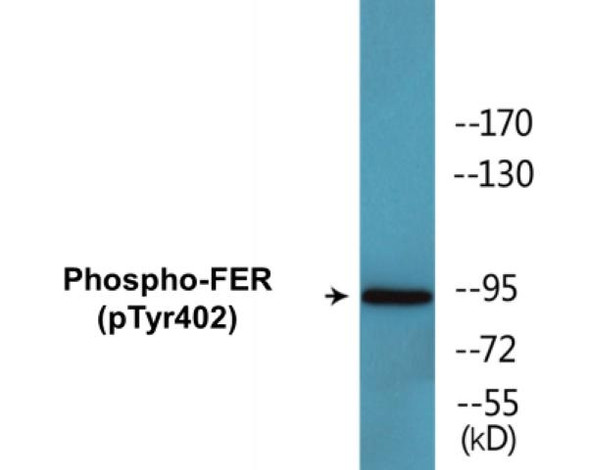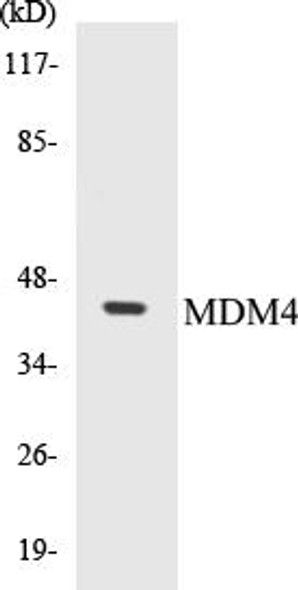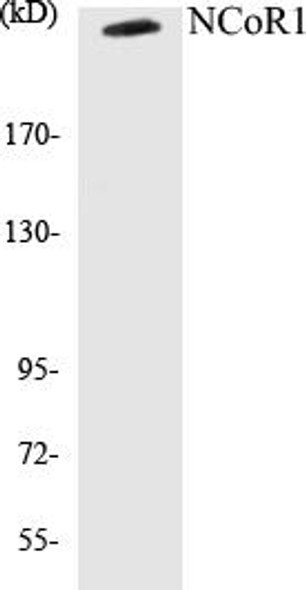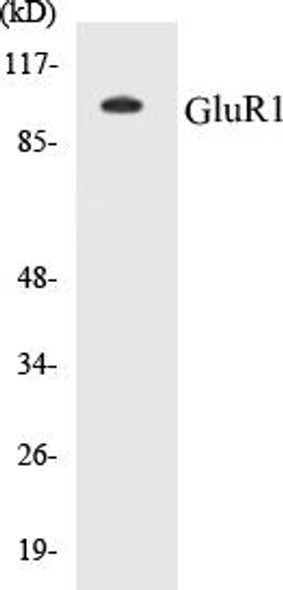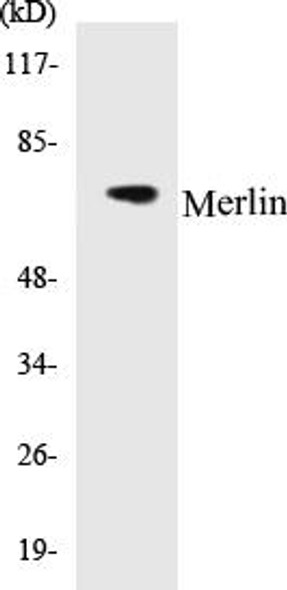FER Colorimetric Cell-Based ELISA Kit
- SKU:
- CBCAB00655
- Product Type:
- ELISA Kit
- ELISA Type:
- Cell Based
- Reactivity:
- Human
- Mouse
- Detection Method:
- Colorimetric
Description
FER Colorimetric Cell-Based ELISA Kit
The Fer Colorimetric Cell-Based ELISA Kit is a cutting-edge assay designed for the precise measurement of ferroptosis levels in cell samples. This innovative kit boasts exceptional sensitivity and accuracy, guaranteeing consistent and trustworthy results for a variety of research purposes.Ferroptosis is a type of regulated cell death characterized by an iron-dependent accumulation of lipid peroxides, playing a crucial role in various physiological and pathological processes.
Studying ferroptosis is essential for understanding its implications in diseases such as cancer, neurodegeneration, and ischemia-reperfusion injury, making this kit an invaluable tool for researchers in the field.With its user-friendly protocol and robust performance, the Fer Colorimetric Cell-Based ELISA Kit is the perfect choice for researchers seeking to delve deeper into the mechanisms of ferroptosis and its impact on cellular health.
| Product Name: | FER Colorimetric Cell-Based ELISA |
| Product Code: | CBCAB00655 |
| ELISA Type: | Cell-Based |
| Target: | FER |
| Reactivity: | Human, Mouse |
| Dynamic Range: | > 5000 Cells |
| Detection Method: | Colorimetric 450 nmStorage/Stability:4°C/6 Months |
| Format: | 96-Well Microplate |
The FER Colorimetric Cell-Based ELISA Kit is a convenient, lysate-free, high throughput and sensitive assay kit that can detect FER protein expression profile in cells. The kit can be used for measuring the relative amounts of FER in cultured cells as well as screening for the effects that various treatments, inhibitors (ie siRNA or chemicals), or activators have on FER.
Qualitative determination of FER concentration is achieved by an indirect ELISA format. In essence, FER is captured by FER-specific primary antibodies while the HRP-conjugated secondary antibodies bind the Fc region of the primary antibody. Through this binding, the HRP enzyme conjugated to the secondary antibody can catalyze a colorimetric reaction upon substrate addition. Due to the qualitative nature of the Cell-Based ELISA, multiple normalization methods are needed:
| 1. | A monoclonal antibody specific for human GAPDH is included to serve as an internal positive control in normalizing the target absorbance values. |
| 2. | Following the colorimetric measurement of HRP activity via substrate addition, the Crystal Violet whole-cell staining method may be used to determine cell density. After staining, the results can be analysed by normalizing the absorbance values to cell amounts, by which the plating difference can be adjusted. |
| Database Information: | Gene ID: 2241, UniProt ID: P16591, OMIM: 176942, Unigene: Hs.221472 |
| Gene Symbol: | FER |
| Sub Type: | None |
| UniProt Protein Function: | Fer: a non-receptor tyrosine kinase of the Fer family. Regulates cell-cell adhesion and mediates signaling from the cell surface to the cytoskeleton via growth factor receptors. Increased expression associated with prostate cancer proliferation, and antisense blocks soft agar growth. |
| UniProt Protein Details: | Protein type:Kinase, protein; Oncoprotein; Protein kinase, TK; Protein kinase, tyrosine (non-receptor); EC 2.7.10.2; TK group; Fer family Chromosomal Location of Human Ortholog: 5q21 Cellular Component: actin cytoskeleton; cell cortex; cell junction; cytoplasm; cytosol; extrinsic to internal side of plasma membrane; lamellipodium; microtubule cytoskeleton; nuclear chromatin; nucleus Molecular Function:ATP binding; epidermal growth factor receptor binding; lipid binding; non-membrane spanning protein tyrosine kinase activity; protein binding; protein phosphatase 1 binding; protein-tyrosine kinase activity Biological Process: actin cytoskeleton reorganization; activation of NF-kappaB transcription factor; cell adhesion; cell differentiation; cell proliferation; cellular response to insulin stimulus; chemotaxis; cytokine and chemokine mediated signaling pathway; diapedesis; innate immune response; microtubule cytoskeleton organization and biogenesis; mitotic cell cycle; negative regulation of mast cell activation during immune response; peptidyl-tyrosine phosphorylation; platelet-derived growth factor receptor signaling pathway; positive regulation of actin filament polymerization; positive regulation of cell migration; positive regulation of cell proliferation; protein amino acid autophosphorylation; protein amino acid phosphorylation; regulation of epidermal growth factor receptor signaling pathway; regulation of mast cell degranulation; regulation of protein amino acid phosphorylation; response to lipopolysaccharide; tyrosine phosphorylation of Stat3 protein |
| NCBI Summary: | The protein encoded by this gene is a member of the FPS/FES family of non-transmembrane receptor tyrosine kinases. It regulates cell-cell adhesion and mediates signaling from the cell surface to the cytoskeleton via growth factor receptors. Alternative splicing results in multiple transcript variants. A related pseudogene has been identified on chromosome X. [provided by RefSeq, Apr 2015] |
| UniProt Code: | P16591 |
| NCBI GenInfo Identifier: | 97536202 |
| NCBI Gene ID: | 2241 |
| NCBI Accession: | P16591.2 |
| UniProt Secondary Accession: | P16591,B2RCR4, B4DSQ2, H2FLB8, |
| UniProt Related Accession: | P16591 |
| Molecular Weight: | 51,643 Da |
| NCBI Full Name: | Tyrosine-protein kinase Fer |
| NCBI Synonym Full Names: | FER tyrosine kinase |
| NCBI Official Symbol: | FER |
| NCBI Official Synonym Symbols: | TYK3; PPP1R74; p94-Fer |
| NCBI Protein Information: | tyrosine-protein kinase Fer |
| UniProt Protein Name: | Tyrosine-protein kinase Fer |
| UniProt Synonym Protein Names: | Feline encephalitis virus-related kinase FER; Fujinami poultry sarcoma/Feline sarcoma-related protein Fer; Proto-oncogene c-Fer; Tyrosine kinase 3; p94-Fer |
| Protein Family: | Tyrosine-protein kinase |
| UniProt Gene Name: | FER |
| UniProt Entry Name: | FER_HUMAN |
| Component | Quantity |
| 96-Well Cell Culture Clear-Bottom Microplate | 2 plates |
| 10X TBS | 24 mL |
| Quenching Buffer | 24 mL |
| Blocking Buffer | 50 mL |
| 15X Wash Buffer | 50 mL |
| Primary Antibody Diluent | 12 mL |
| 100x Anti-Phospho Target Antibody | 60 µL |
| 100x Anti-Target Antibody | 60 µL |
| Anti-GAPDH Antibody | 60 µL |
| HRP-Conjugated Anti-Rabbit IgG Antibody | 12 mL |
| HRP-Conjugated Anti-Mouse IgG Antibody | 12 mL |
| SDS Solution | 12 mL |
| Stop Solution | 24 mL |
| Ready-to-Use Substrate | 12 mL |
| Crystal Violet Solution | 12 mL |
| Adhesive Plate Seals | 2 seals |
The following materials and/or equipment are NOT provided in this kit but are necessary to successfully conduct the experiment:
- Microplate reader able to measure absorbance at 450 nm and/or 595 nm for Crystal Violet Cell Staining (Optional)
- Micropipettes with capability of measuring volumes ranging from 1 µL to 1 ml
- 37% formaldehyde (Sigma Cat# F-8775) or formaldehyde from other sources
- Squirt bottle, manifold dispenser, multichannel pipette reservoir or automated microplate washer
- Graph paper or computer software capable of generating or displaying logarithmic functions
- Absorbent papers or vacuum aspirator
- Test tubes or microfuge tubes capable of storing ≥1 ml
- Poly-L-Lysine (Sigma Cat# P4832 for suspension cells)
- Orbital shaker (optional)
- Deionized or sterile water
*Note: Protocols are specific to each batch/lot. For the correct instructions please follow the protocol included in your kit.
| Step | Procedure |
| 1. | Seed 200 µL of 20,000 adherent cells in culture medium in each well of a 96-well plate. The plates included in the kit are sterile and treated for cell culture. For suspension cells and loosely attached cells, coat the plates with 100 µL of 10 µg/ml Poly-L-Lysine (not included) to each well of a 96-well plate for 30 minutes at 37°C prior to adding cells. |
| 2. | Incubate the cells for overnight at 37°C, 5% CO2. |
| 3. | Treat the cells as desired. |
| 4. | Remove the cell culture medium and rinse with 200 µL of 1x TBS, twice. |
| 5. | Fix the cells by incubating with 100 µL of Fixing Solution for 20 minutes at room temperature. The 4% formaldehyde is used for adherent cells and 8% formaldehyde is used for suspension cells and loosely attached cells. |
| 6. | Remove the Fixing Solution and wash the plate 3 times with 200 µL 1x Wash Buffer for five minutes each time with gentle shaking on the orbital shaker. The plate can be stored at 4°C for a week. |
| 7. | Add 100 µL of Quenching Buffer and incubate for 20 minutes at room temperature. |
| 8. | Wash the plate 3 times with 1x Wash Buffer for 5 minutes each time. |
| 9. | Add 200 µL of Blocking Buffer and incubate for 1 hour at room temperature. |
| 10. | Wash 3 times with 200 µL of 1x Wash Buffer for 5 minutes each time. |
| 11. | Add 50 µL of 1x primary antibodies (Anti-FER Antibody and/or Anti-GAPDH Antibody) to the corresponding wells, cover with Parafilm and incubate for 16 hours (overnight) at 4°C. If the target expression is known to be high, incubate for 2 hours at room temperature. |
| 12. | Wash 3 times with 200 µL of 1x Wash Buffer for 5 minutes each time. |
| 13. | Add 50 µL of 1x secondary antibodies (HRP-Conjugated AntiRabbit IgG Antibody or HRP-Conjugated Anti-Mouse IgG Antibody) to corresponding wells and incubate for 1.5 hours at room temperature. |
| 14. | Wash 3 times with 200 µL of 1x Wash Buffer for 5 minutes each time. |
| 15. | Add 50 µL of Ready-to-Use Substrate to each well and incubate for 30 minutes at room temperature in the dark. |
| 16. | Add 50 µL of Stop Solution to each well and read OD at 450 nm immediately using the microplate reader. |
(Additional Crystal Violet staining may be performed if desired – details of this may be found in the kit technical manual.)


